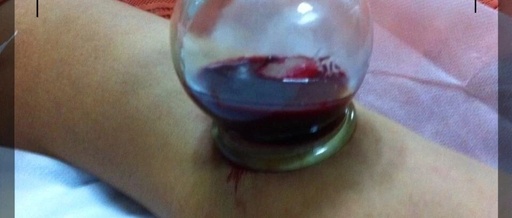
Bloodletting therapy, commonly known as “bloodletting” or “phlebotomy,” is an ancient and unique treatment method in Traditional Chinese Medicine (TCM). Due to its lesser-known status compared to acupuncture, its accessibility compared to tui na (Chinese therapeutic massage), and its simplicity compared to moxibustion, public understanding of this therapy is generally shallow, leading to a common aversion to the concept of bloodletting. Many people’s knowledge of bloodletting therapy is limited to instances such as “a child bleeding from a finger to relieve a fever” or “an elderly person in a coma from a stroke, quickly having pressure applied to the philtrum or the middle finger to draw blood.”
(Attached: A shocking image)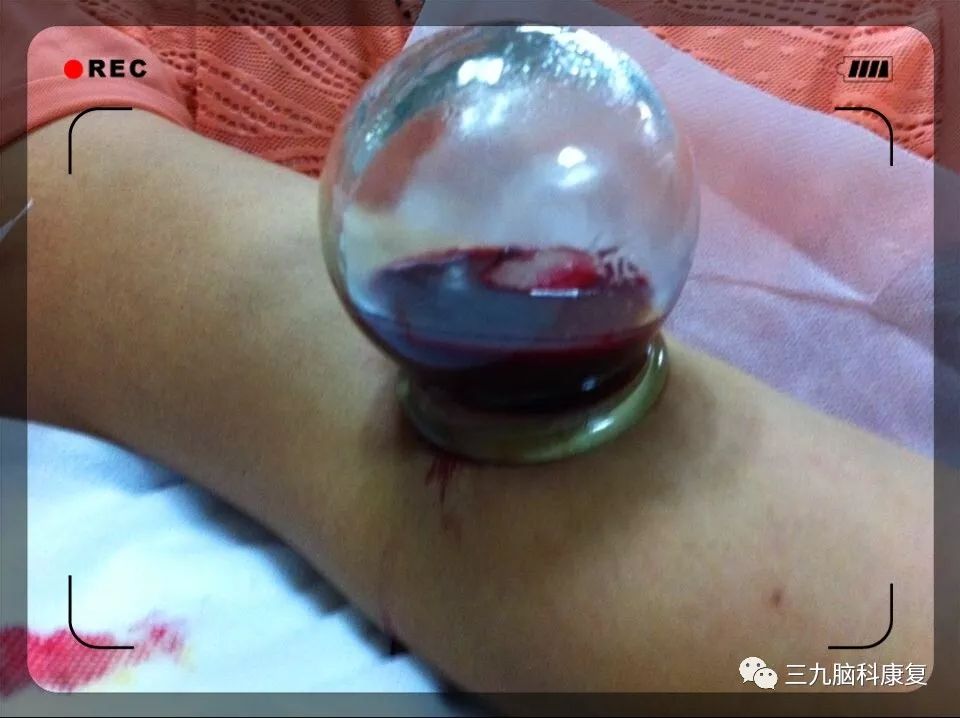
What is bloodletting therapy?
Search
 Bloodletting therapy is simply defined as a treatment method that involves puncturing specific acupuncture points or superficial meridians of the body with specialized needles to release a small amount of blood. As early as in the “Huangdi Neijing” (Yellow Emperor’s Inner Canon), there are detailed records regarding the mechanisms, treatment principles, and techniques of bloodletting. The “Lingshu · Xiaozhenjie” states: “When there is stagnation, it should be removed, which means to clear the meridians.” The “Suwen · Qixue Lun” states: “If there is excess blood, it should be drained from the meridian…” “How to let blood? Qi Bo said: Observe the blood vessels, let out the blood, and do not allow bad blood to enter the meridians, causing disease.” From this, we can understand that the mechanism of bloodletting therapy is to unblock the meridians, invigorate blood circulation, and eliminate pathogens and toxins. By drawing out bad blood, it clears the meridians and improves the function of the organs and blood, thus achieving the goal of treating diseases. What diseases can bloodletting therapy treat?
Bloodletting therapy is simply defined as a treatment method that involves puncturing specific acupuncture points or superficial meridians of the body with specialized needles to release a small amount of blood. As early as in the “Huangdi Neijing” (Yellow Emperor’s Inner Canon), there are detailed records regarding the mechanisms, treatment principles, and techniques of bloodletting. The “Lingshu · Xiaozhenjie” states: “When there is stagnation, it should be removed, which means to clear the meridians.” The “Suwen · Qixue Lun” states: “If there is excess blood, it should be drained from the meridian…” “How to let blood? Qi Bo said: Observe the blood vessels, let out the blood, and do not allow bad blood to enter the meridians, causing disease.” From this, we can understand that the mechanism of bloodletting therapy is to unblock the meridians, invigorate blood circulation, and eliminate pathogens and toxins. By drawing out bad blood, it clears the meridians and improves the function of the organs and blood, thus achieving the goal of treating diseases. What diseases can bloodletting therapy treat?
Search
 The indications for bloodletting therapy are very broad, applicable to conditions of yin and yang, deficiency and excess, exterior and interior, cold and heat, including internal diseases such as organ disorders, mental disorders, pain syndromes, and malaria, as well as external diseases such as sores, abscesses, and herpes. It is also applicable to gynecological conditions such as irregular menstruation, mastopathy (breast hyperplasia), infertility, and menopausal syndrome, as well as pediatric conditions like fever, cough, food stagnation, night crying, and childhood convulsions.
The indications for bloodletting therapy are very broad, applicable to conditions of yin and yang, deficiency and excess, exterior and interior, cold and heat, including internal diseases such as organ disorders, mental disorders, pain syndromes, and malaria, as well as external diseases such as sores, abscesses, and herpes. It is also applicable to gynecological conditions such as irregular menstruation, mastopathy (breast hyperplasia), infertility, and menopausal syndrome, as well as pediatric conditions like fever, cough, food stagnation, night crying, and childhood convulsions. Here are a few common examples: 1Common cold, fever, sore throat, hoarseness
Here are a few common examples: 1Common cold, fever, sore throat, hoarseness
Shàoshāng (少商) point (Lung Meridian Jing Well point) can be punctured to release blood, or Dàzhuī (大椎) point (meeting point of the three Yang meridians and the Governing Vessel) can be used for bloodletting and cupping, which can disperse wind, clear heat, and open the lungs, significantly improving sore throat symptoms.
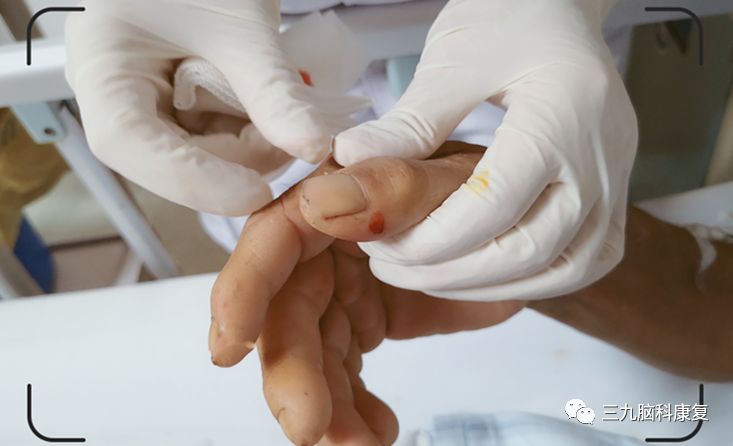
2After eating spicy food, sore throat, and mouth ulcers
Shāngyáng (商阳) point (Large Intestine Meridian Jing Well point) and Lìduì (厉兑) point (Stomach Meridian Jing Well point) can be punctured to release blood, which can clear the heat from the Large Intestine and Stomach meridians.
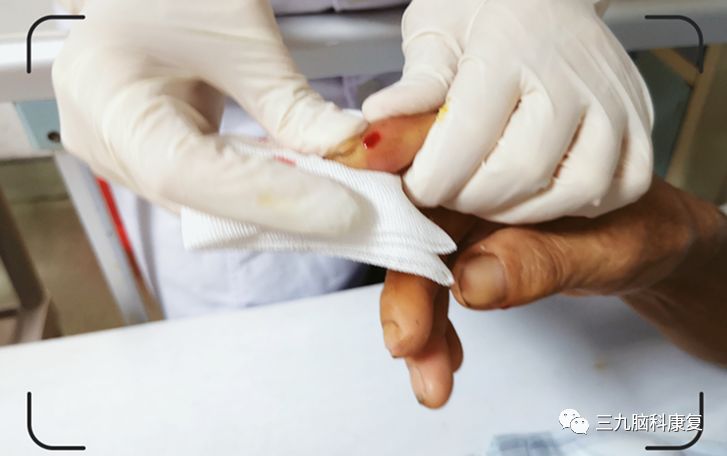
3Excessive worry, insomnia, and anxiety
Zhōngchōng (中冲) point (Pericardium Meridian Jing Well point) can be punctured to release blood, or Xīnyú (心俞) and Gān yú (肝俞) points can be used for bloodletting and cupping, which can soothe the liver, relieve depression, and calm the heart and spirit.
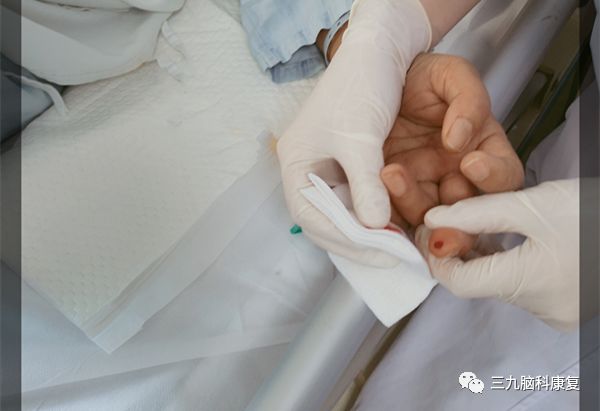
4Sudden acute lumbar sprain, unable to move
Wěizhōng (委中) point (Bladder Meridian He point) can be used for bloodletting and cupping, allowing you to stand again in just one minute.
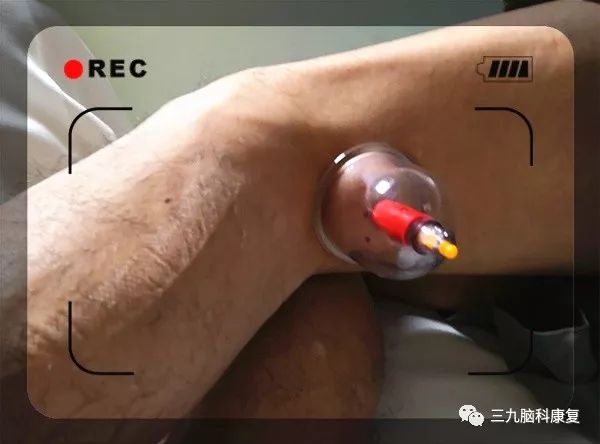
5High stress causing blood stagnation, or postpartum deficiency in young mothers leading to hair loss, resulting in alopecia and receding hairlines
Local plum blossom needle tapping, causing slight bleeding, can stimulate local meridian energy, promote blood circulation, and nourish the local area, allowing hair to regain its vitality!
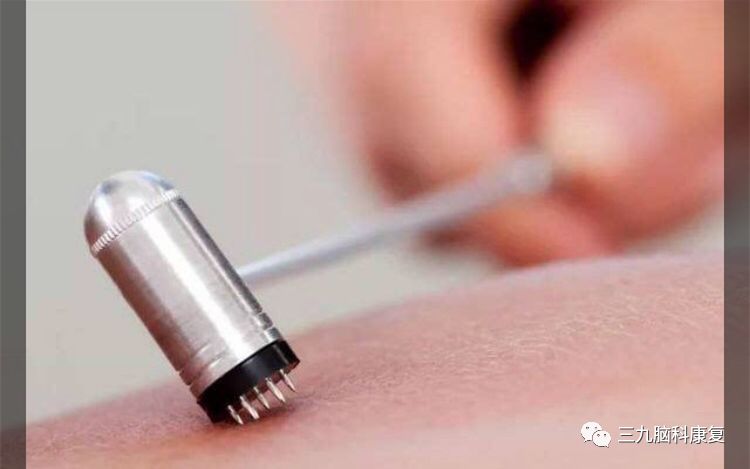
Precautions

Bloodletting therapy is remarkably effective, but it is not suitable for everyone at any time! The following precautions must be observed:
1. Bloodletting therapy must be performed in a legitimate medical institution, diagnosed by a TCM physician, and operated by qualified medical personnel;
2. The treatment process must strictly adhere to aseptic techniques;
3. Individuals who are overly hungry, overly full, intoxicated, overworked, or those suffering from severe anemia, hypoglycemia, bleeding disorders, severe liver or kidney diseases, or serious heart conditions should avoid this method;
4. Pregnant women and the elderly should use this method with caution;
5. If during the treatment process symptoms such as dizziness, blurred vision, nausea, vomiting, or even pale complexion, cold sweat, weak pulse, and low blood pressure occur, the bloodletting treatment should be immediately stopped. For mild cases, have the patient lie down, elevate their legs, ensure good air circulation, and drink warm water; for severe cases, moxibustion at the Baihui (百会) point or acupuncture at the Rénzhōng (人中) and Yǒngquán (涌泉) points may be necessary, and emergency measures should be taken if needed.

Author’s Biography
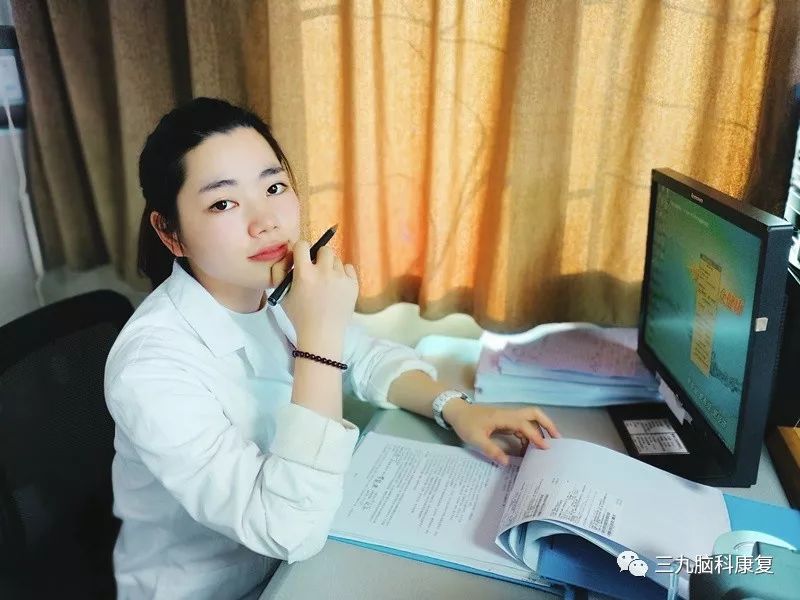
Yang Chanming TCM Physician
Master’s degree, graduated from Guangzhou University of Chinese Medicine with a specialization in acupuncture, under the guidance of renowned acupuncture expert Professor Ouyang Qun and Director Xu Zhenhua of the Acupuncture Department at Guangdong Provincial Hospital of Traditional Chinese Medicine. Member of the Guangdong Acupuncture Society and the Acupuncture Preventive Medicine Committee, involved in multiple research projects, published several academic papers, and contributed to the book “Practical Clinical Chinese Medicine.” With three years of clinical experience, proficient in acupuncture, thread embedding, fire needling, moxibustion, and bloodletting therapy, skilled in treating stroke, peripheral facial nerve inflammation, headaches, dizziness, insomnia, cervical spondylosis, shoulder periarthritis, knee osteoarthritis, dysmenorrhea, and irregular menstruation.
Source: Guangdong Sanjiu Brain Hospital Rehabilitation Training Center
Text and Image Editor: Xu Liguo
Reviewed by: Wang Zhenghui

Promoting Rehabilitation Techniques and Management Exchange
Publicizing Rehabilitation Science
Spreading Cultural Knowledge of the Discipline

Follow Rehabilitation | Follow Health
WeChat ID: SJNKKF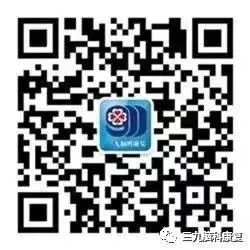
Long press the QR code to quickly follow

